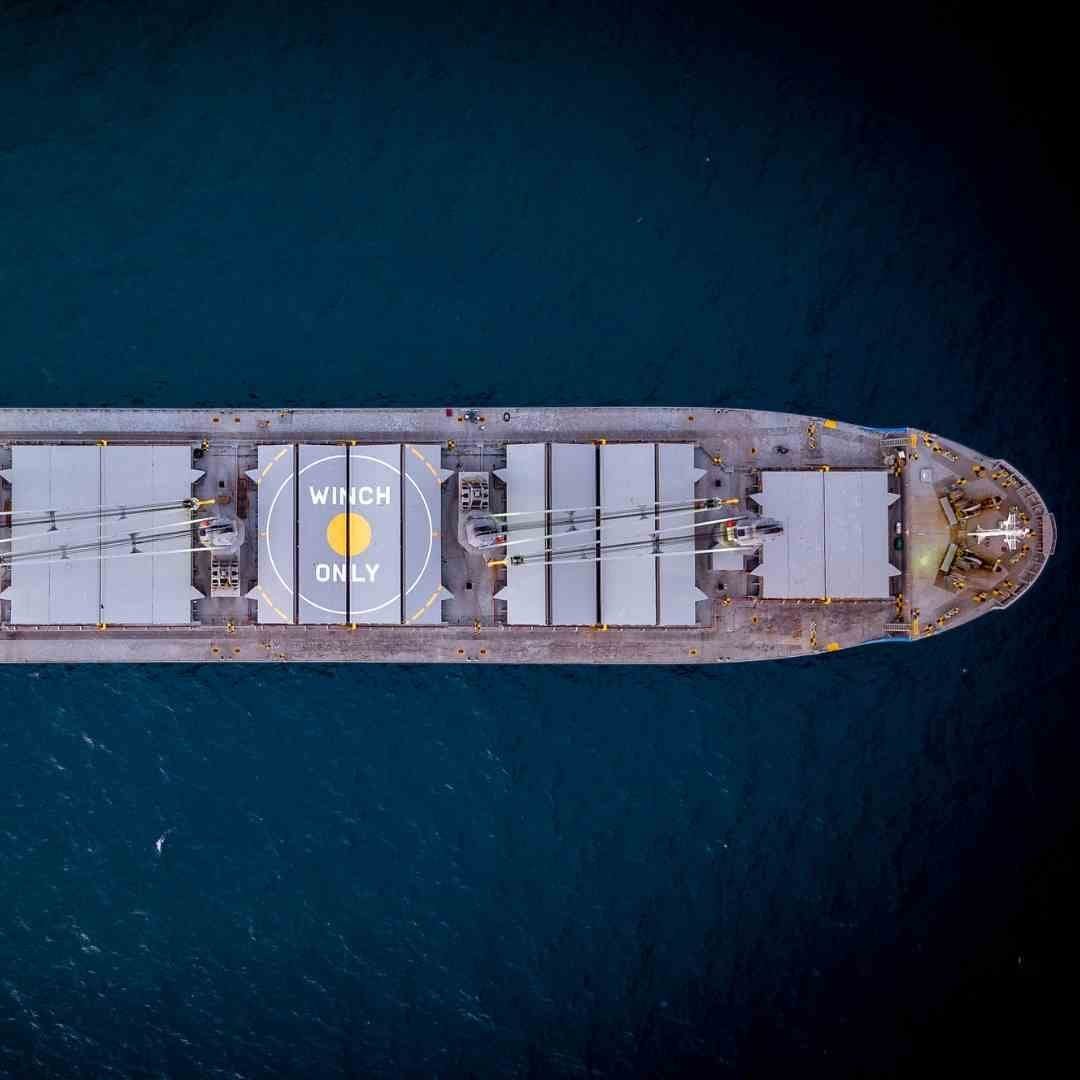Bulk carriers are an essential component of the world’s marine trading system because they offer a practical way to ship massive amounts of goods and raw materials internationally. The many categories of bulk carriers, as well as their designs, dimensions, and geographical trades, will be discussed in more detail in this article.
Typical Bulk Carrier Types
Bulk carrier types that are most frequently used include:
- Handymax: These smaller ships may carry a variety of commodities, such as grains, coal, iron ore, and fertilizers. They are normally between 50,000 and 60,000 DWT (deadweight tonnes).
- Panamax: These bigger, approximately 70,000–80,000 DWT vessels are made specifically to travel through the Panama Canal. They are frequently used to transport iron ore, grains, and coal.
- Cape-size: These ships are even bigger, often weighing between 100,000 and 150,000 DWT, and are able to carry enormous loads of iron ore, coal, and other heavy cargoes.
- Very Large Ore Carriers (VLOCs): As the name implies, iron ore and other heavy cargoes are transported exclusively on these enormous ships, which are normally above 200,000 DWT.
Specifications of Bulk Carriers
- Large, flat-bottomed hulls and broad, roomy decks, which are perfect for carrying a lot of goods, are characteristics of bulk carriers. Large hatch covers on them also make it simple to load and unload freight.
- Bulk carriers also have the ability to load and unload themselves, which is made feasible by the employment of huge cranes and conveyor systems. This shortens turnaround times, improves cargo handling efficiency, and lowers the possibility of cargo damage.
Regional Bulk Carriers Trades
The main markets are in Asia, Europe, and North America, and bulk carriers are utilised to transport cargo to and from these locations.
Bulk carriers bring coal, iron ore, and other raw resources to the industrial hubs of China, Japan, and South Korea in Asia from nations like Australia, Indonesia, and India.
Conclusion
Bulk carriers play a vital role in the global maritime trade system, providing a crucial means of transporting large quantities of raw materials and goods around the world. Understanding the different types of bulk carriers, their designs, sizes, and regional trades is essential for those working in the maritime industry and for anyone who is interested in the inner workings of global trade.




1 Comment